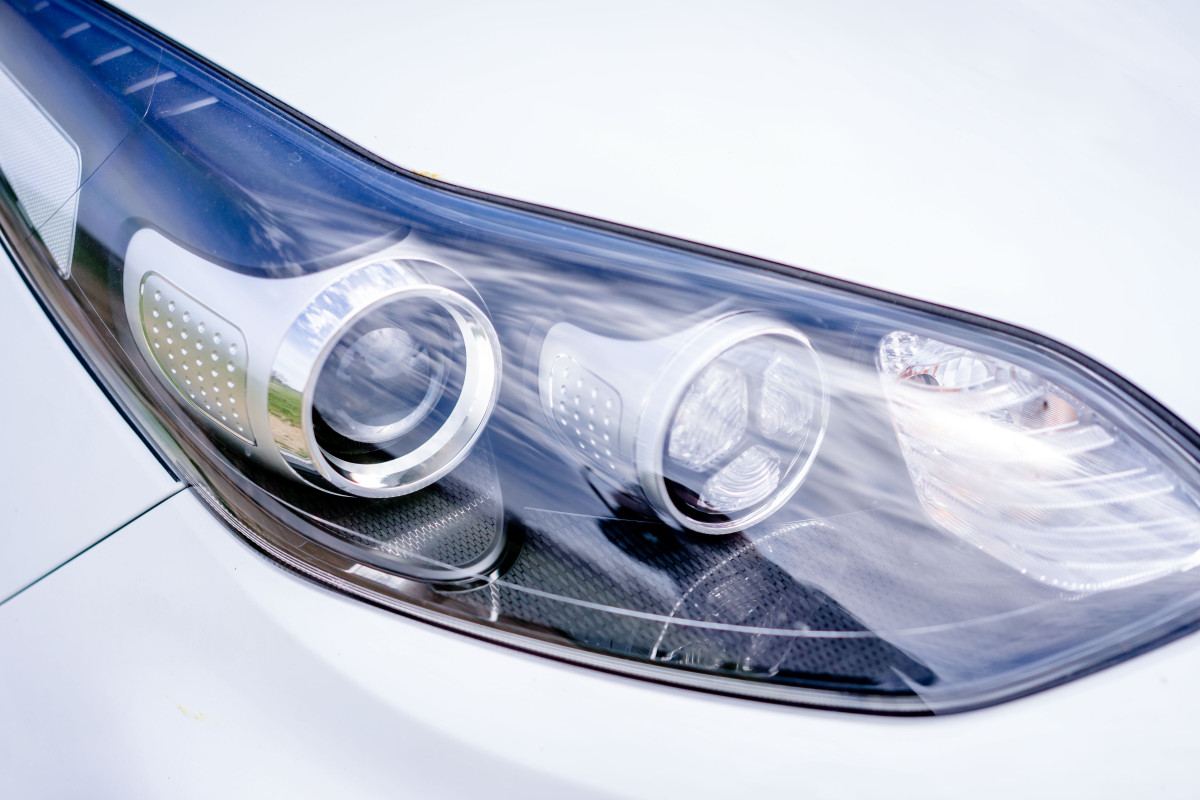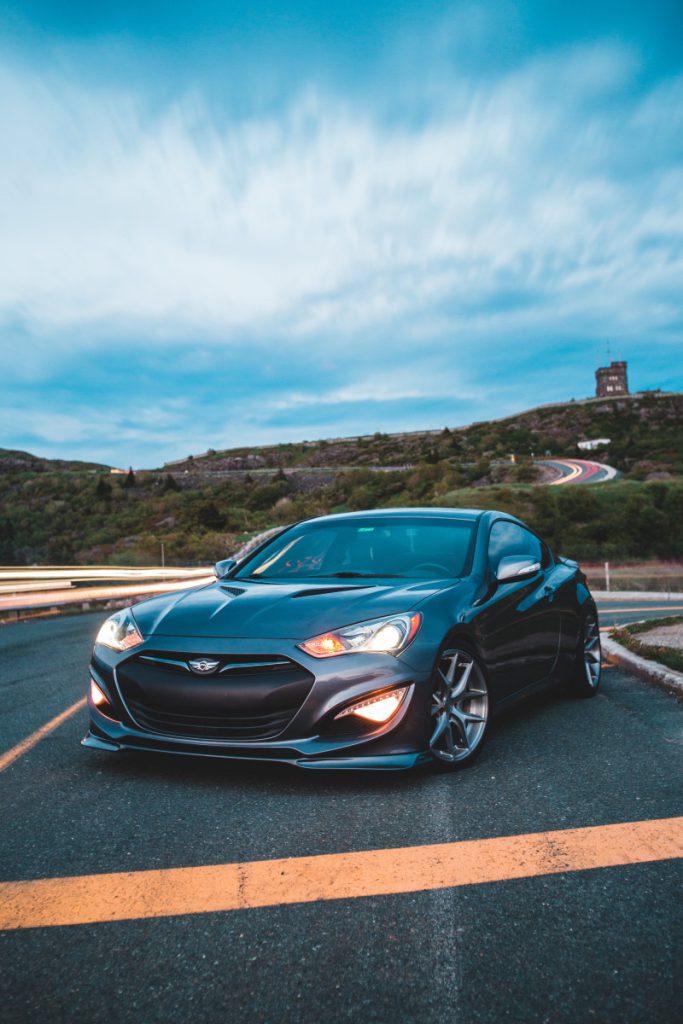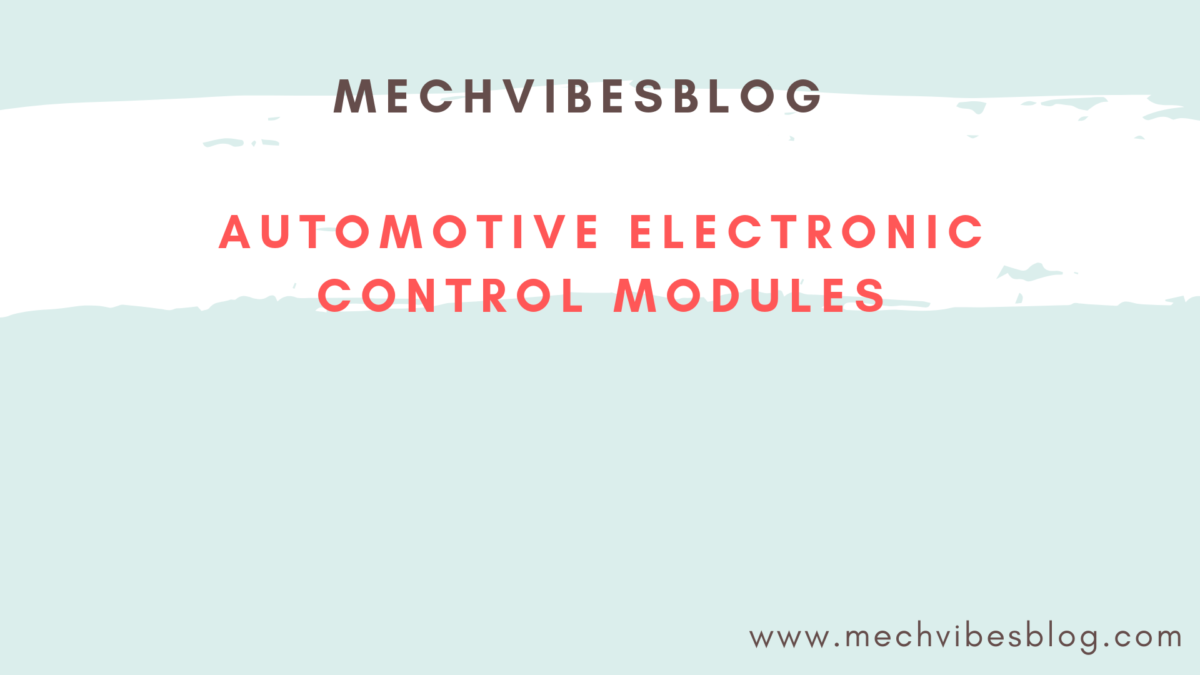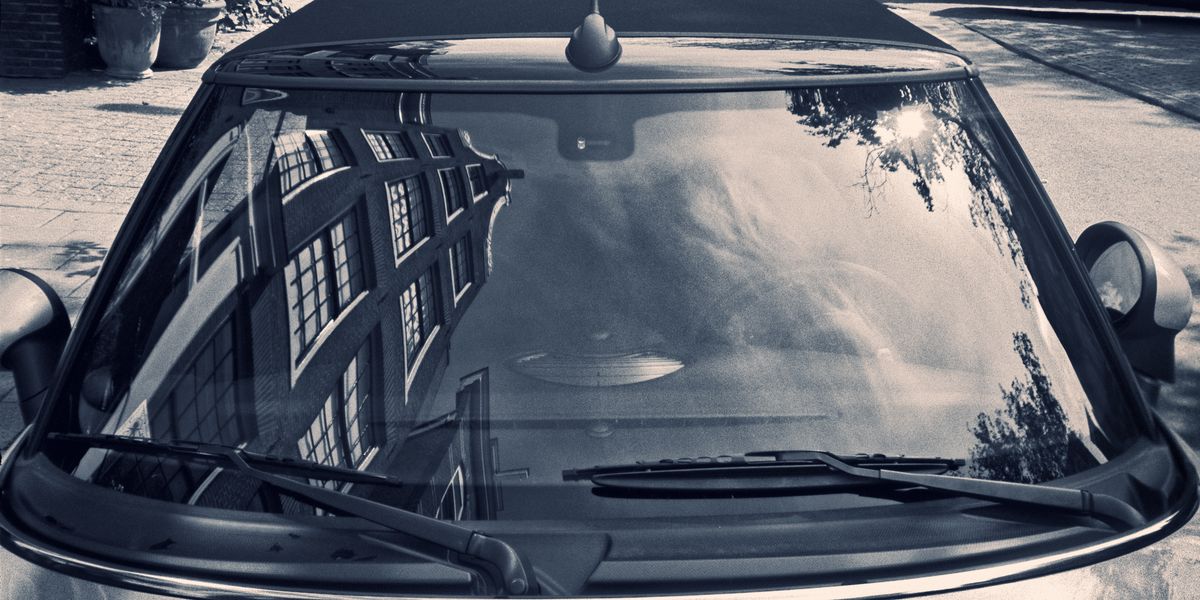
Can You Put Led Bulbs in Halogen Headlights?
Tired of those dim yellow halogen headlights? Dreaming of the bright, white glow that comes with LEDs? Hold on a moment! Before you rush to switch out your bulbs, there’s more to consider than meets the eye.
Putting LEDs into halogen headlights isn’t always a straightforward upgrade. It’s a bit like trying to fit a square peg into a round hole – things might not line up perfectly. We’ll dig into the details of compatibility, performance, and the potential problems these conversions can bring.
Is the LED life really as great as it seems? We’ll compare things like lifespan, cost, and even whether it’s legal to make these swaps. By the end, you’ll know if chasing your headlight dreams with LEDs is worth it or if sticking with your dependable, if not super stylish, halogens is the better call.
So, in this article, we’ll shed some light on the real deal with putting LEDs in your halogen headlights. It’s time to separate the facts from the fancy marketing and make an informed decision about what’s best for you.
LED Bulbs vs. Halogen Headlights
Choosing between LED bulbs and halogen headlights for your vehicle involves considering various factors that impact performance, cost, and overall driving experience. Let’s explore the features and benefits of each to help you make an informed decision.
LED (Light Emitting Diode) bulbs:
● Brighter and Whiter Light: LEDs emit a crisp, white light that mimics daylight, improving visibility and reducing glare for oncoming drivers. Think of the difference between a warm campfire glow and a bright, cool stadium floodlight.
● Energy Efficiency: They consume significantly less energy than halogen bulbs, translating to better fuel economy and reduced strain on your vehicle’s electrical system. Imagine saving money at the gas station while also reducing your environmental impact.
● Durability: LEDs boast exceptional lifespans, lasting up to 30,000 hours compared to halogen’s mere 1,000-2,000 hours. That’s like replacing your phone charger once every few years instead of every few months!
● Design Versatility: LEDs come in various shapes and sizes, allowing for innovative headlight designs with precise beam control. Picture headlights that can bend around corners and illuminate specific areas, like a spotlight for a superhero.
Halogen Bulbs:
● Lower Initial Cost: Halogen bulbs are generally cheaper than their LED counterparts upfront. Think of it as a smaller initial investment, like buying a used car instead of a new one.
● Warmer Light: They emit a yellowish light, which some drivers find less harsh on the eyes at night. Imagine the difference between reading a book with a warm incandescent bulb and a cool, blue LED light.
● Simpler Replacement: Halogen bulbs have been the standard for years, making them readily available and easier to replace yourself. It’s like changing a flat tire – you’ve probably done it before and know how.

Factors to Consider When Choosing Headlights
When you’re thinking about switching your car’s lights from regular bulbs to fancier LED ones, there are a bunch of important things to think about.
Different Cars, Different Needs
Every car is a bit unique. So, before you go ahead with the switch, you need to check if your specific car is okay with LED lights. Also, some cars might need special adjustments.
Playing by the Rules
There are rules and regulations about the kind of lights you can have on your car. You don’t want to get into trouble with the law, right? So, make sure your LED lights are within the legal limits.
Possible Changes to Your Car
To make LED lights work in your car, you might have to make some changes. It’s like fitting a new TV into an old cabinet – sometimes, you need to adjust things to make it fit and work properly.
So, in simple terms, before you go for those cool LED lights, check if your car is cool with them too. Make sure you’re not breaking any rules and be ready for a bit of tinkering to get everything working just right.
Steps to Install LED Bulbs in Halogen Headlights
Step 1: Gather the Necessary Tools and Materials
Before you start, ensure you have all the required tools and materials. Typically, you’ll need the following:
LED bulbs compatible with your vehicle
Screwdrivers
Pliers
Wire stripper
Insulating tape
Owner’s manual for your vehicle
Step 2: Understand Your Vehicle’s Headlight System
Refer to your vehicle’s owner’s manual to understand the specifics of your headlight system. Identify the type of halogen bulbs currently installed, their wattage, and any specific instructions or precautions provided by the manufacturer.
Step 3: Disconnect the Vehicle’s Battery
To ensure safety during the installation process, disconnect the vehicle’s battery. This prevents any electrical issues or accidental short circuits while you work on the headlights.
Step 4: Access the Headlight Bulbs
Locate the headlight housing and access the back of the headlight assembly. This often involves opening the hood of your car and reaching behind the headlight unit.
Step 5: Remove the Halogen Bulbs
Carefully remove the existing halogen bulbs from the sockets. Depending on your vehicle, this may involve twisting the bulb counterclockwise or releasing a clip.
Step 6: Install the LED Bulbs
Insert the LED bulbs into the headlight sockets. Ensure a secure fit, and if there’s a twist-lock mechanism, rotate the bulb clockwise to lock it in place. Be cautious not to touch the LED bulb directly with your fingers, as the oils from your skin can affect its performance.
Step 7: Connect the LED Bulbs
Connect the wiring of the LED bulbs according to the manufacturer’s instructions. Some LED bulbs may have specific polarity, so make sure the positive and negative connections match correctly.
Step 8: Test the LED Bulbs
Before reassembling everything, test the LED bulbs to ensure they are functioning correctly. Reconnect the vehicle’s battery temporarily and turn on the headlights to confirm that both low and high beams are working as intended.
Step 9: Make Adjustments if Necessary.
If the alignment or focus of the LED bulbs needs adjustment, refer to your vehicle’s manual for guidance. Some vehicles may require additional adjustments to ensure proper illumination and avoid glare for oncoming drivers.
Step 10: Secure the Headlight Housing
Once you’re satisfied with the installation and adjustment, secure the headlight housing back in place. This may involve reattaching any clips, screws, or fasteners that were removed during the process.
Step 11: Reconnect the Vehicle’s Battery
Finally, reconnect the vehicle’s battery. Ensure all connections are secure and test the headlights once more to confirm that everything is working as expected.
Legal and Safety Considerations
Before upgrading to LEDs, remember these crucial points (Led Bulbs in Halogen Headlights):
● Check your local regulations regarding the legality of aftermarket LED bulbs. Not all LEDs are approved for all vehicles in every region.
● Ensure the chosen LED bulbs meet safety standards and regulations. Look for certifications like DOT or SAE to ensure the bulbs are safe for road use.
● Improper installation can cause headlight malfunction and pose safety risks. Consider professional installation if unsure about the process.
Conclusion
Choosing the right headlight bulbs is an investment in your nighttime driving experience and safety. LEDs offer clear advantages in brightness, efficiency, and lifespan, but compatibility and legal considerations are essential factors to keep in mind.
By carefully weighing your options and ensuring proper installation, you can illuminate the road ahead with confidence and clarity.
Remember, the choice between LEDs and halogens is ultimately personal. Consider your budget, driving habits, and local regulations before making your decision. With careful research and proper installation, you can enjoy the benefits of brighter, safer roads, regardless of which technology you choose.
Enjoy your safer and brighter night drives!





